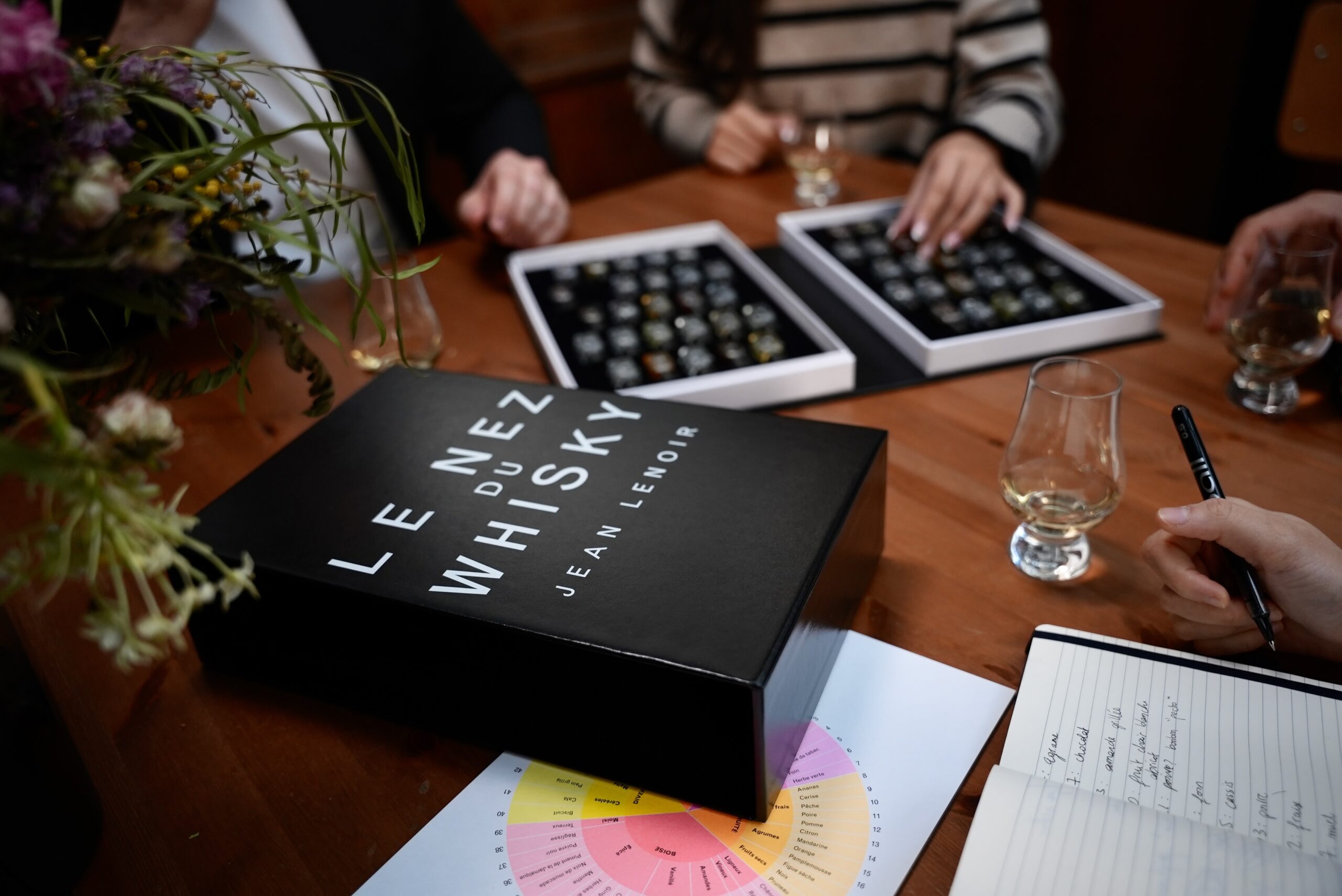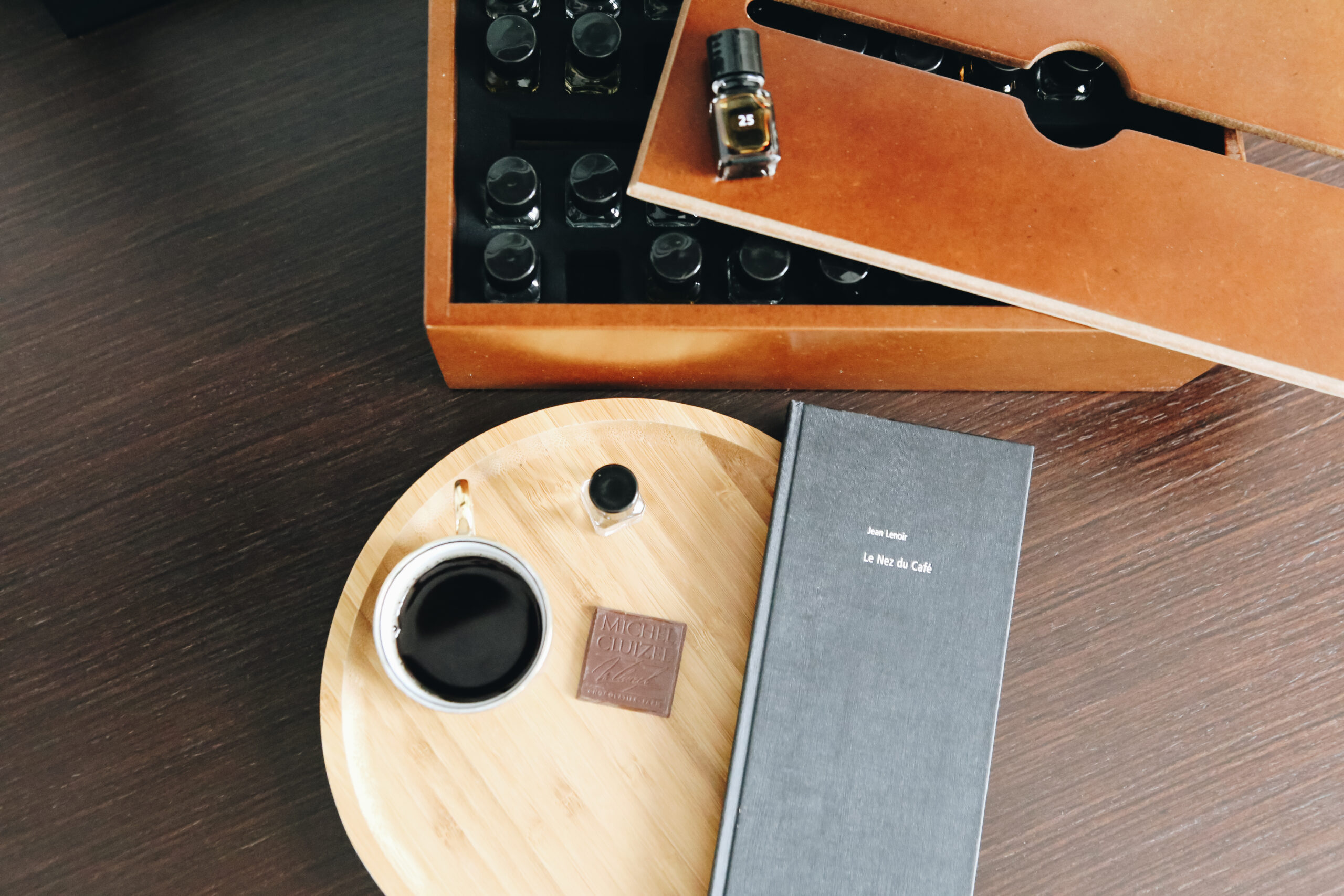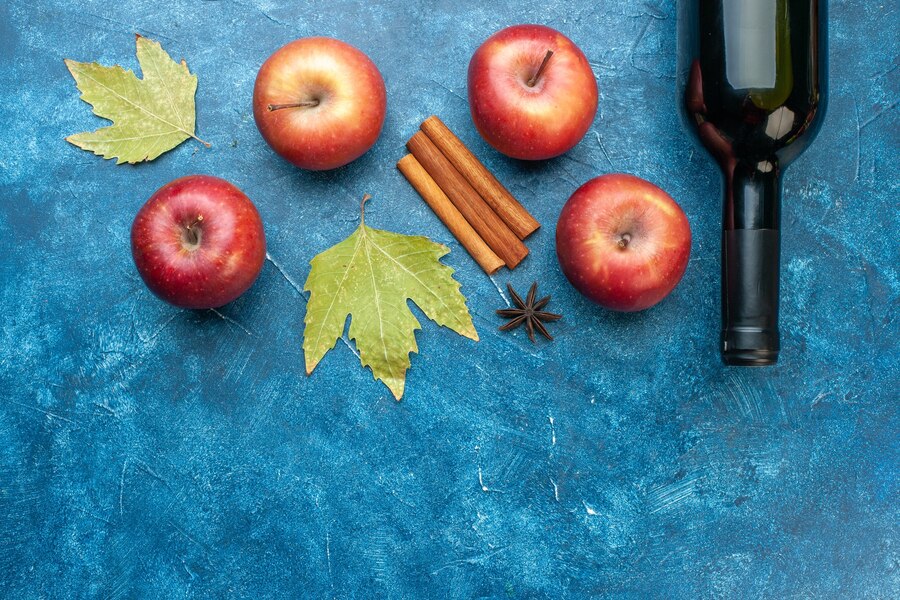First course: shrimp, avocado and grapefruit salad
Grapefruit owes its characteristic aroma to nootkatone, a molecule found in both the essential oil extracted from the yellow skin (flavedo) and in the juice. However, the scent of grapefruit always contains a slight trace of sulphur, easy to detect by scratching the pith (albedo). This nuance is probably due to 3-mercaptohexanol and its acetate, which are in effect sulphur compounds evidenced by the Faculty of Oenology of the University of Bordeaux, and which develop in the best Sauvignons.
This note is rarely mentioned by tasters and yet it is easily detected in some excellent fresh, nervy whites. It is found mainly in France’s great sweet wines and quite often in Riesling. It is typical of the Sauvignon grape in Sancerre and Pouilly Fumé and in Sauvignon from California and New Zealand.
Main course: chicken with prunes
Prune is a classic aroma in older red wines and in “muté” (fortified) wines. The aroma of prune is more persistent and smokier than that of plum and it often gives the wine a decidedly attractive robustness. Very ripe grapes, especially from hot vintages, give this venerable bouquet to heady wines that remind us of summer sunshine. This is why we find this sunny touch in Californian wines and in Australian Syrahs.
Wines made from Grenache and from Carignan are particularly inclined to feature prune, as are those made from Auxerrois (or Cot), Cahors’ foremost grape. Cahors wines offer a kaleidoscope range of flavours of sugar plums, cooked plums and plum jam. Corbières and the most thoroughbred Châteauneuf-du-Papes sometimes carry prune notes.
Dessert: apricot tart
Gamma and delta-decalactone, identified in apricot, can also be found in white wines where they express true scents of apricot. Grapes affected by Botrytis cinerea or wines matured in barrels are likely to reveal these aromas. An apricot tart will be a perfect match for dry white wines, especially made from the Viognier grape variety, and sweet wines from Bordeaux (Sauternes, Barsac, Loupiac, etc.) and Anjou (in particular Quarts-de-Chaume).
You will get many more ideas of food and wine pairing, browsing through the chapter in the book of Le Nez du Vin that provides dozens of references for all of the 54 aromatic notes of the collection (pp. 66-90).


